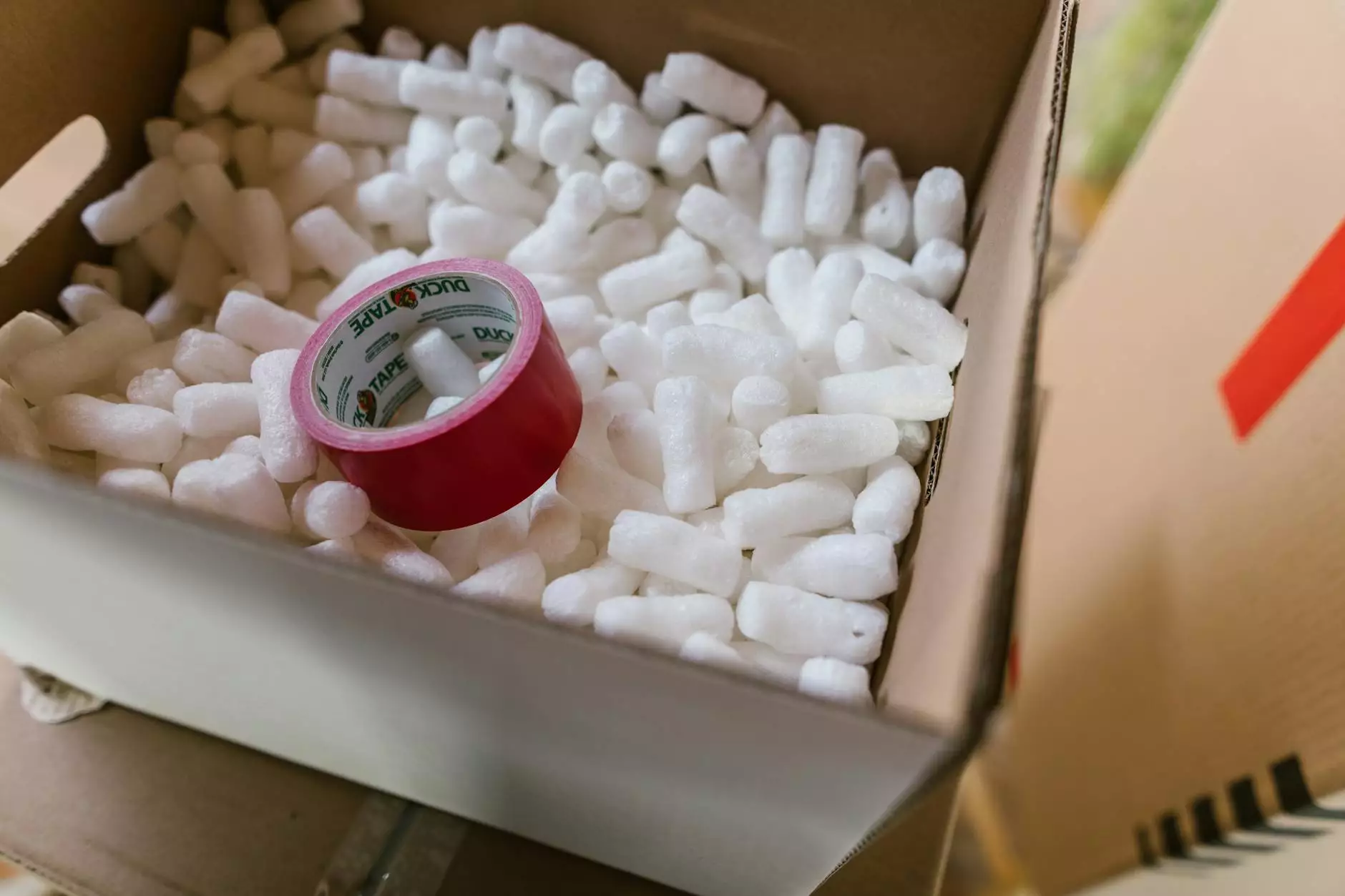Tendonopathy vs Tendonitis: Understanding the Differences

When it comes to musculoskeletal health, the terms tendonopathy and tendonitis are often used interchangeably. However, they represent distinct conditions that affect tendons, which are the fibrous tissues connecting muscles to bones. Understanding the differences between these two conditions is crucial for effective treatment and prevention strategies. In this comprehensive article, we will delve into the nuances of tendonopathy versus tendonitis, examining their causes, symptoms, treatments, and how to maintain optimal tendon health.
What is Tendonitis?
Tendonitis refers to the inflammation of a tendon, typically caused by repetitive movement or acute injury. It is characterized by pain and tenderness in the affected area, often exacerbated by movement. The condition can affect tendons in various regions, including the shoulders, elbows, hips, knees, and ankles.
Causes of Tendonitis
- Repetitive Activities: Engaging in repetitive motions, such as throwing a ball or typing, can lead to tendonitis.
- Acute Injuries: A sudden injury, like a fall, can also trigger inflammation.
- Aging: As we age, tendons become less flexible and more prone to injury.
- Medical Conditions: Conditions like diabetes, rheumatoid arthritis, and gout can increase the risk of tendonitis.
Symptoms of Tendonitis
The symptoms of tendonitis may vary depending on the affected tendon but typically include:
- Localized Pain: Pain around the affected tendon is a hallmark symptom.
- Swelling: Swelling may occur near the joint or tendon.
- Stiffness: Reduced range of motion in the affected area may be experienced.
- Tenderness: Touching the area may elicit pain.
What is Tendonopathy?
Tendonopathy, on the other hand, is a more general term that refers to a chronic condition characterized by damage to the tendon itself. Unlike tendonitis, which is primarily defined by inflammation, tendonopathy encompasses a range of tendon degenerative conditions, including tendinosis. This implies a failed healing process and tissue degeneration, often resulting from chronic overuse.
Causes of Tendonopathy
- Chronic Overuse: Long-term repetitive strain on a tendon is the most common factor.
- Improper Technique: Using incorrect body mechanics during sports or physical activities can lead to tendonopathy.
- Age-Related Changes: Tendons lose elasticity with age, increasing susceptibility to degeneration.
- Weak Muscles: Weakness in the muscles that support joints can increase the load on tendons, leading to damage.
Symptoms of Tendonopathy
Similar to tendonitis, the symptoms of tendonopathy may include:
- Chronic Pain: Pain that persists over time and is often described as a dull ache.
- Stiffness: Limited mobility in the affected joint, especially after periods of inactivity.
- Swelling: Mild swelling may occur but is often less pronounced than in tendonitis.
- Decreased Strength: Weakness in the affected area may be observed.
Key Differences Between Tendonopathy and Tendonitis
While tendonopathy and tendonitis share some commonalities, they differ fundamentally:
- Nature of Condition: Tendonitis is primarily an inflammatory process, while tendonopathy involves degeneration and failed healing of tendon tissue.
- Treatment Approaches: Treatments for tendonitis often focus on reducing inflammation, whereas tendonopathy treatments aim to rehabilitate and strengthen the tendon.
- Healing Time: Tendonitis may resolve relatively quickly with rest and proper care; however, tendonopathy typically requires a longer rehabilitation period due to its chronic nature.
Diagnosis: Making Sense of Your Symptoms
Diagnosing the correct condition is crucial for effective treatment. A healthcare professional will conduct a thorough assessment that includes:
- Medical History: Discussing symptoms, duration, and any previous injuries or medical conditions.
- Physical Examination: Checking for pain, swelling, and range of motion in the affected area.
- Imaging Studies: Ultrasounds or MRIs may be utilized to visualize tendon damage or inflammation.
Treatment Strategies for Tendonitis and Tendonopathy
Treatment approaches for both conditions vary based on the underlying issues, severity, and individual patient needs. Let’s explore the most effective treatment options.
Treatment for Tendonitis
- Rest: Taking a break from activities that exacerbate the pain.
- Icing: Applying ice to the affected area to reduce swelling.
- Anti-inflammatory Medications: Over-the-counter medications like ibuprofen can alleviate pain and inflammation.
- Physical Therapy: A therapist can guide safe exercises to regain strength and mobility.
- Injections: Corticosteroid injections may be considered for severe pain and inflammation.
Treatment for Tendonopathy
- Rehabilitation Exercises: Gradually strengthening the tendon with specific exercises.
- Physical Therapy: Targeted therapies that focus on improving function and reducing pain.
- Shockwave Therapy: A non-invasive treatment that stimulates healing in degenerated tendons.
- Surgery: In cases of severe tendon damage where conservative methods fail, surgical intervention may be necessary.
Prevention: Keeping Your Tendons Healthy
Preventing both tendonitis and tendonopathy boils down to understanding your body and listening to its signals. Here are some effective strategies:
- Gradual Progression: Increase the intensity of your physical activities gradually to avoid overuse injuries.
- Proper Technique: Ensure you are using the correct form and techniques in your activities, especially in sports.
- Cross-Training: Incorporate a variety of exercises to avoid placing constant stress on the same tendons.
- Warm-Up and Cool Down: Always warm up before exercising and cool down afterward to prevent injuries.
- Strength Training: Incorporate strength training to support the muscles around the joints, reducing the risk of tendon injury.
Conclusion: Understanding Your Tendon Health
In summary, grasping the differences between tendonopathy and tendonitis is essential for proper diagnosis, treatment, and prevention. Both conditions can significantly impact your quality of life, but with the right knowledge and proactive measures, you can safeguard your tendon health.
If you're experiencing persistent pain or discomfort in your tendons, it's crucial to seek professional medical advice. Early intervention can make a remarkable difference in your recovery journey. For more information on recovery and rehabilitation services, consider reaching out to experts in the field.
By prioritizing your health and remaining educated about tendon conditions, you can maintain an active and fulfilling lifestyle. Remember, prevention is always better than cure.
tendonopathy vs tendonitis
